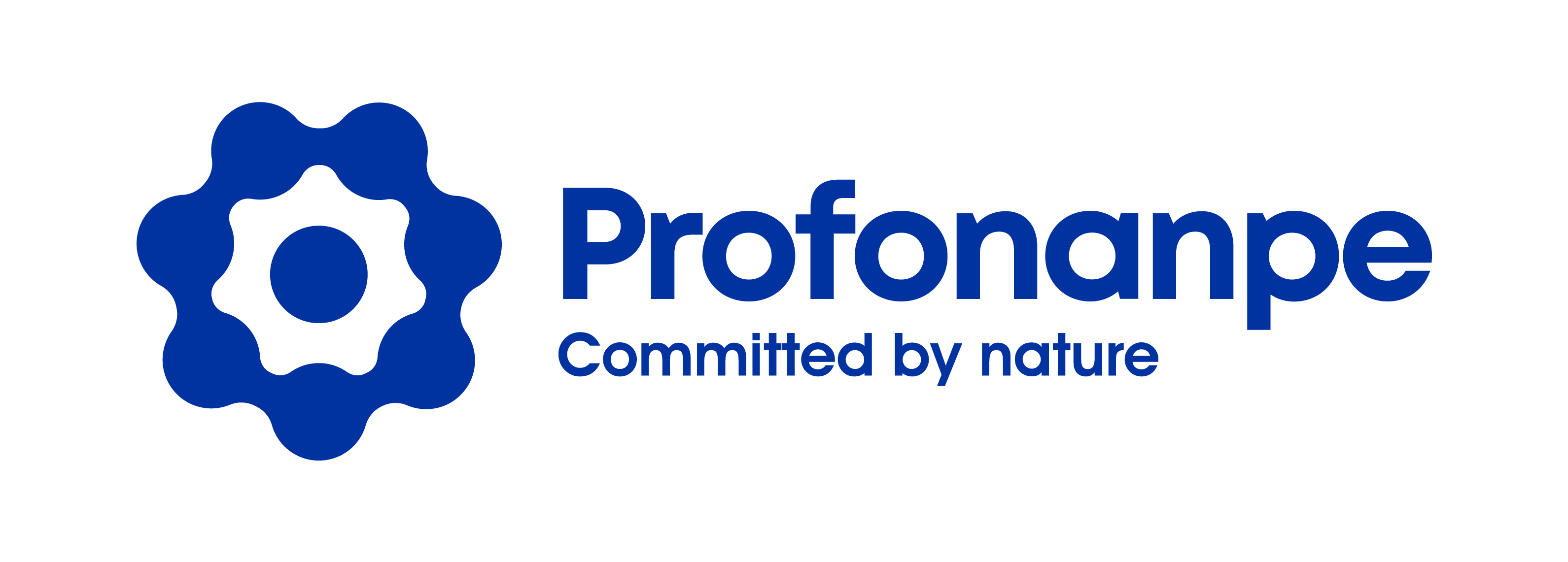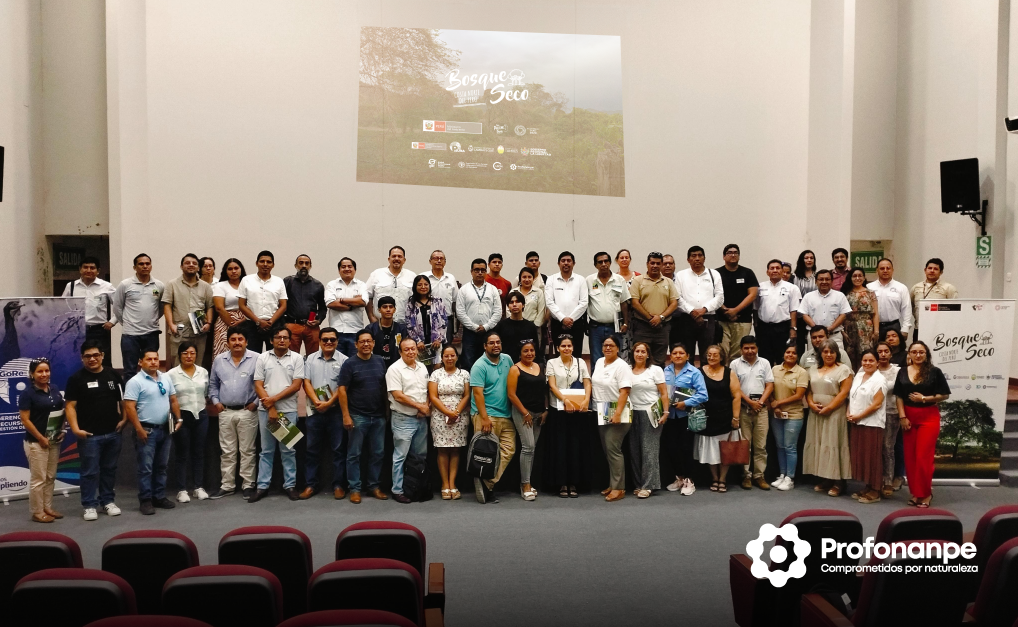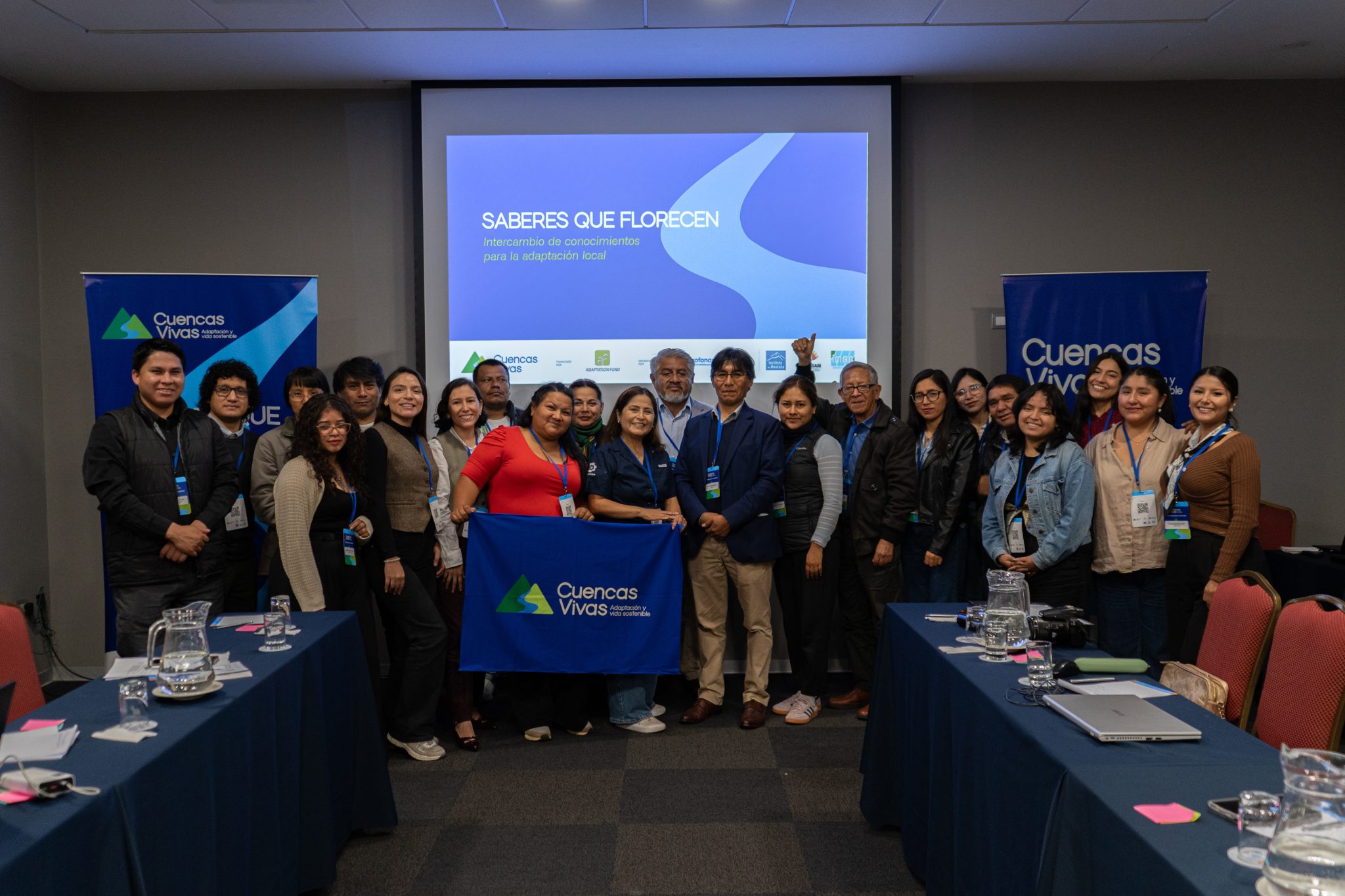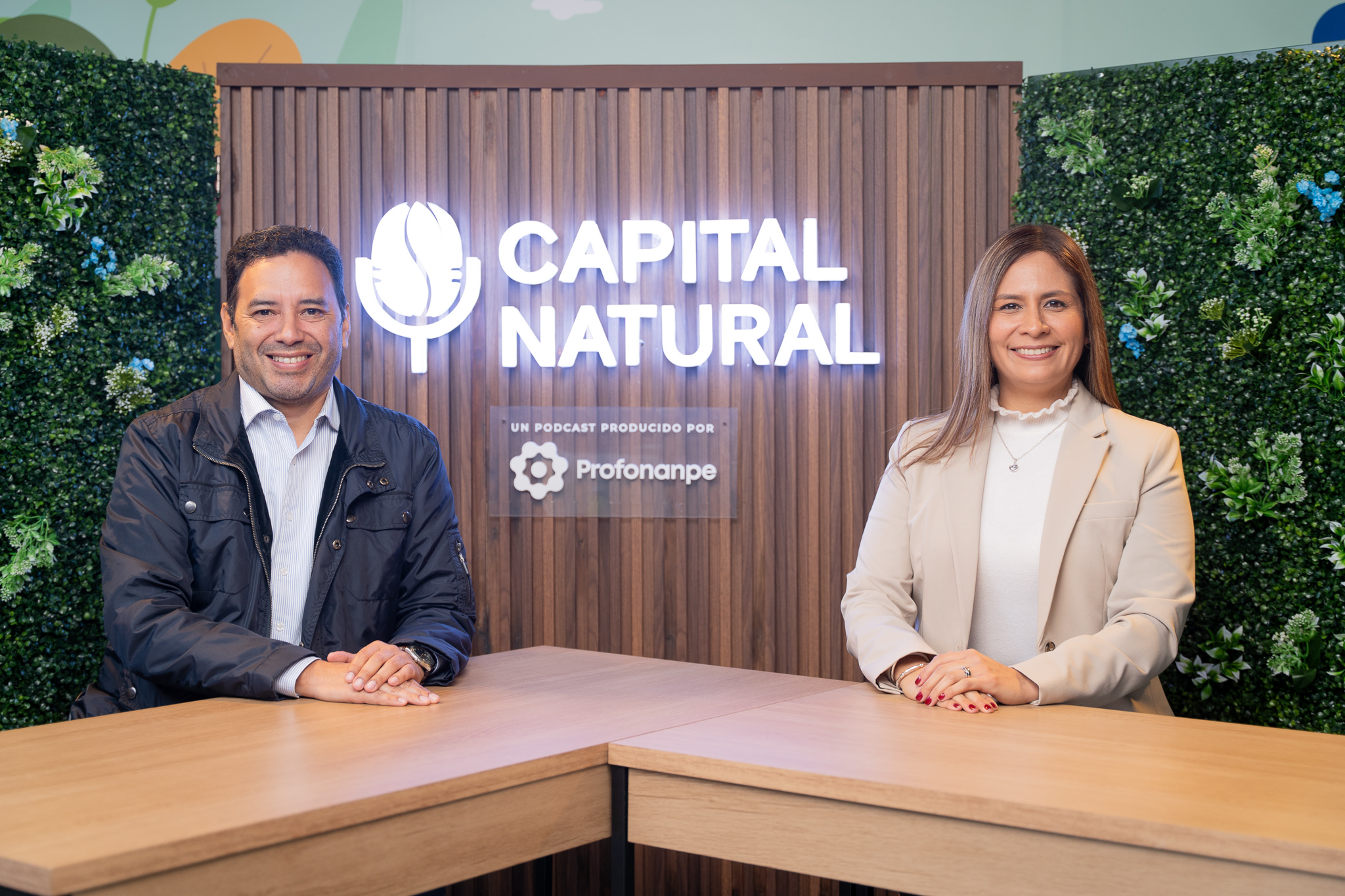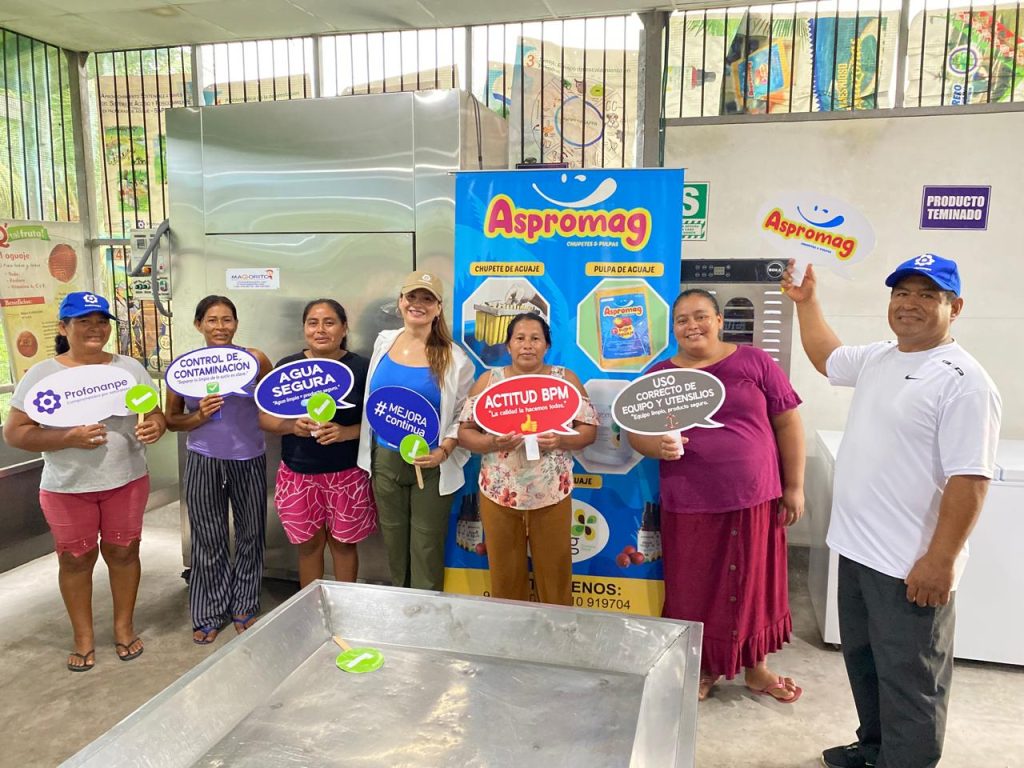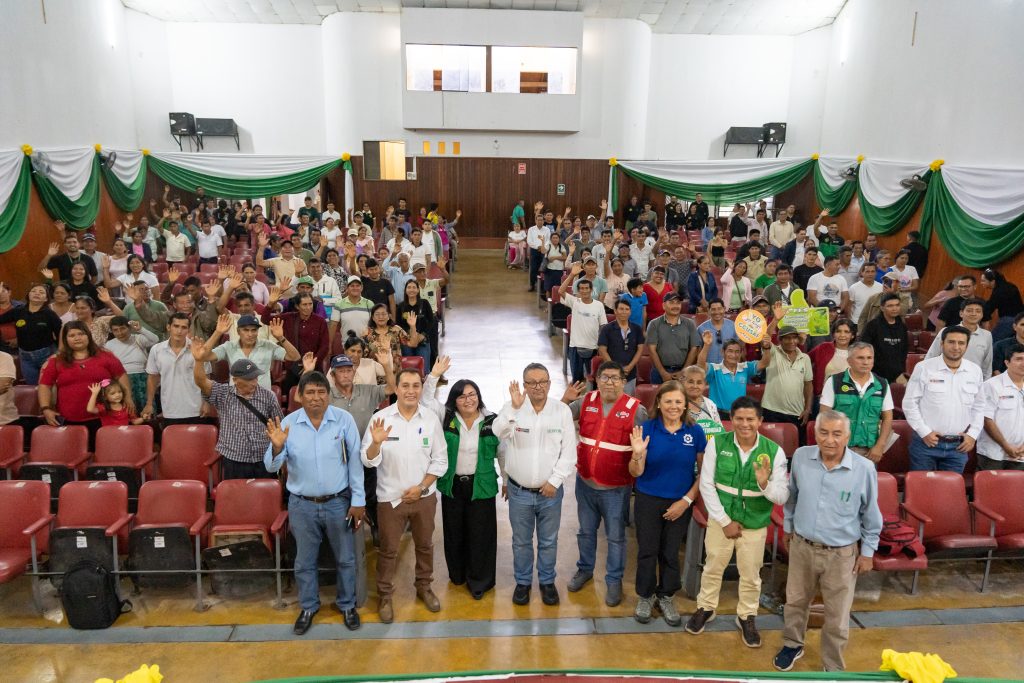On March 20 and 21, in the city of Piura, technical assistance workshops were held on investment projects in biodiversity typologies, with the purpose of providing fundamental knowledge to Regional Governments on ecosystems, species and public investment in biodiversity. These activities seek to strengthen the technical and operational capacities of public officials, promoting the formulation of projects and the closing of sectoral gaps. In addition, synergies will be established for the future technical support of the General Directorate of Biological Diversity (DGDB) of the Ministry of Environment to the Sub National Governments in areas of their competence.
During these workshops, the importance of public investment in biodiversity conservation was highlighted. Yuri Beraun Baca, Wildlife Management Specialist of the Ministry of Environment explained key concepts on threatened wildlife species, highlighting that public investment priorities focus on two main aspects: species recovery and restoration of ecosystem services. As an example, he mentioned the case of the Pava Aliblanca that inhabits the dry forests, who managed to overcome their situation. “The emblematic example we want to reach is what is happening with the White-winged guan. The White-winged guan, just a little less than 10 years ago at a global level, has been downgraded from ‘critically endangered’ to ‘endangered’ precisely because of the amount of effort at a regional level, from researchers, companies, private citizens and national agreements.”
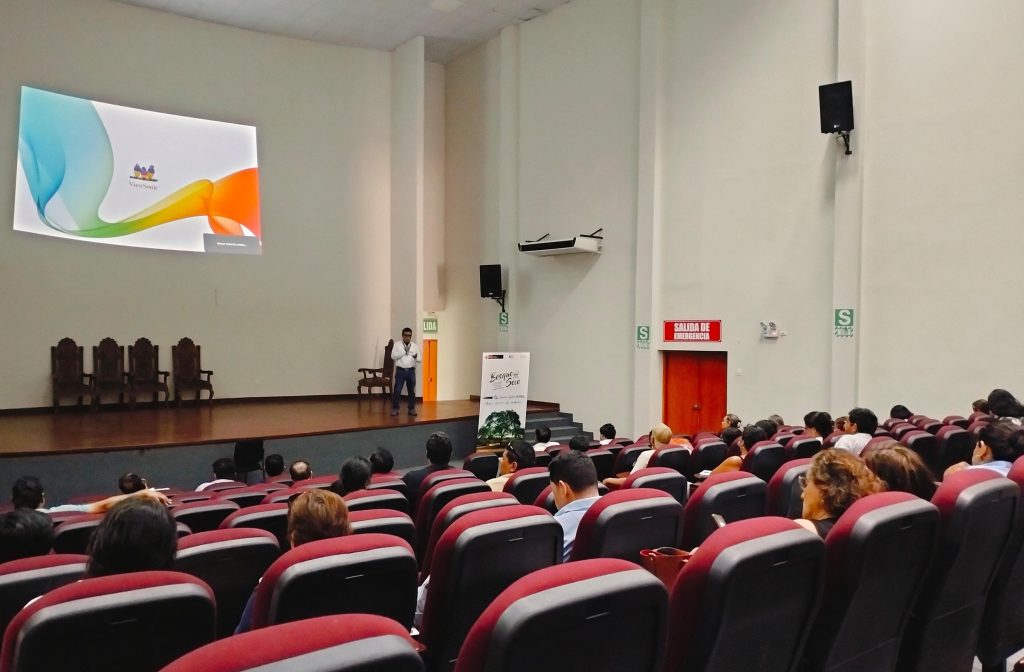
Harol Gutiérrez Peralta, CITES Flora Specialist at the General Directorate of Biological Diversity of the Ministry of Environment, mentioned key concepts on flora species and recovery of forest ecosystems for public investment, highlighting the importance of knowing the native species present in these areas. This is crucial to ensure that reforestation efforts do not negatively affect existing flora, thus promoting their harmonious coexistence. In addition, he highlighted the need to recommend species variability in soils where restoration projects are implemented, ensuring the resilience and long-term health of the ecosystems involved.
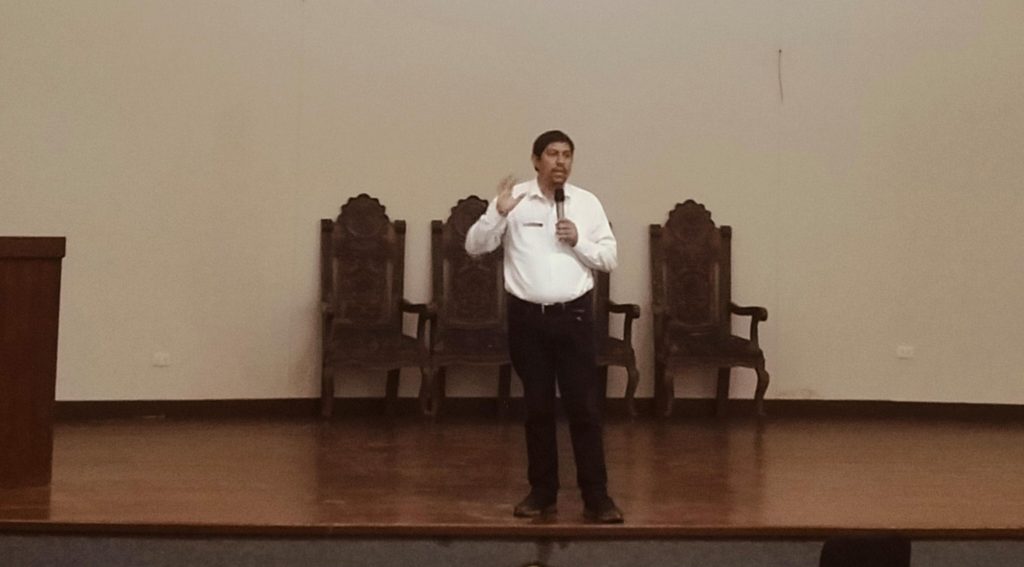
Finally, José Martín Ricaldi Maita, Investment Specialist of the Ministry of Environment, accompanied the session providing guidelines for the formulation of investment projects in the typologies of ecosystems, species and support for the sustainable use of biodiversity. Likewise, together with the team of the Regional Government of Piura, practical group exercises were carried out to identify and design strategies for the implementation of sustainable investment projects.
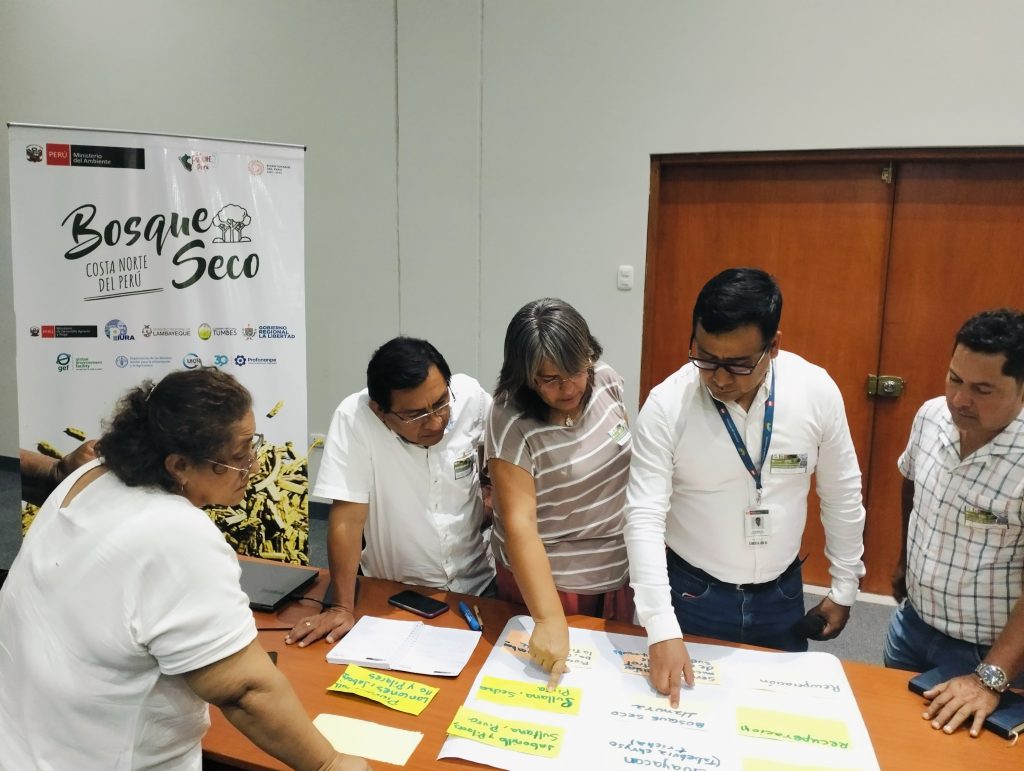
The conservation of flora and fauna species is fundamental for their ecological role and as indicators of ecosystem health, in addition to their socio-cultural importance for local communities. These emerging and potential threats need to be addressed through effective coordination between institutions and proper project management that incorporates costs and benefits in a realistic manner. These workshops have served to raise awareness of the importance of public investment in species conservation and the need for targeted interventions to achieve positive results.
About the project «Dry Forest of the Northern Coast of Peru».
Dry forest ecosystems are crucial for climate change adaptation and mitigation, as they harbor great biological diversity and provide essential ecosystem services for local communities.
The “Dry Forest of the Northern Coast of Peru” project is an initiative financed by the Global Environment Facility (GEF) and executed by the Ministry of the Environment. It is supported by the Ministry of Agrarian Development and Irrigation, FAO, IUCN and Profonanpe. Learn more here.

